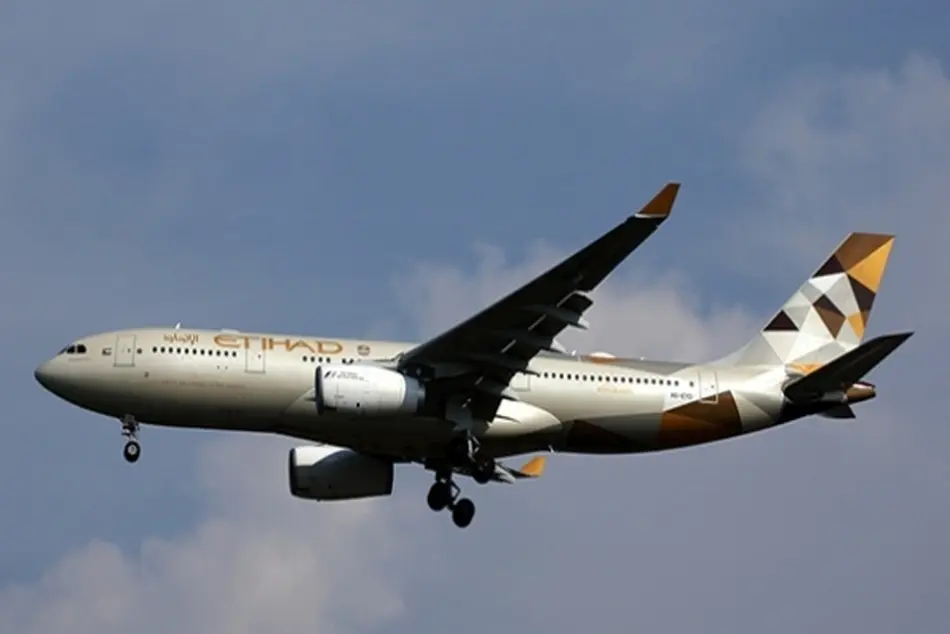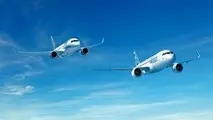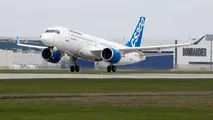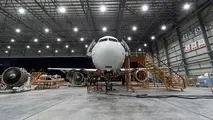Airbus forecasts doubling of Middle East fleet by 2036

Middle East airlines will require 2,590 new commercial aircraft over the next 20 years, according to Airbus’s 2017 Global Market Forecast, representing a market value of $600 billion for the region’s future fleet.
The Middle East fleet is expected to more than double from 1,250 to 3,320 by 2036. The new aircraft will cover replacement of 520 retiring aircraft, with the remaining 2,070 as new additions to the fleet. Airbus forecasts 730 aircraft are expected to remain in service through 2036.
“Most people around the world are just one flight away from the Middle East. The region’s proximity to the world’s population and growth markets has been a key in its aviation success,” Airbus Commercial Aircraft COO-customers John Leahy said.
The forecast expects 1,082 single-aisle aircraft, such as its A320 family, and the same number of twin-aisle aircraft (i.e., A330 family aircraft) to make up the bulk (83.4%) of new deliveries in the Middle East, with an expected 430 very large aircraft (A350s and A380s) rounding out demand through 2036.
Middle East carriers now represent orders for 1,319 commercial aircraft with Airbus, including 687 single-aisle, 409 twin-aisle and 162 very large aircraft from at least 18 regional customers.
As of Sept. 30, Middle East airlines with the largest number of backlog Airbus aircraft still to be delivered include Doha-based Qatar Airways (109), Abu Dhabi-based Etihad Airways (98) Iran Air (97), Saudi Arabian hybrid carrier flynas (80) and Dubai-based Emirates Airline (44).
By 2036, Airbus calculated there will be 95 aviation mega-cities around the world, each one accounting for over a million daily long-haul passengers, providing 98% of the world’s long-haul services. The Middle East’s mega-city total will more than double from its present five to 11 over the next 20 years, Airbus said.
The highest rate of Middle East carrier’s passenger traffic growth will be on routes to/from Latin America, Airbus said, rising 8.5% per year to 2036. Freight traffic growth over the next two decades is forecast to be strongest on Middle East-Asia Pacific routes, rising 4% annually through 2036. Overall passenger traffic from and within the Middle East is forecast to accelerate at a 5.9% pace annually, exceeding the 4.4% global growth average, Airbus said. Between 2016 and 2026, total Middle East traffic growth will expand at 7% annually, slowing to 4.9% annual growth between 2026 and 2036.
Airbus also emphasized expected economic and aviation growth in Iran as part of its 20-year forecast for the region. “Geopolitics sometimes means that demand in a region can be constrained [and] when these are eased or removed, air traffic in a country and its region can receive a boost,” Airbus said in its forecast. “Positive developments in Iran have been reflected in the economic development projected for the country.” Early in 2017, Iran’s GDP forecast rose to 4.1% growth per annum to 2036, Airbus noted. “This improvement is likely to positively impact long-term demand for aviation from and to the country,” Airbus said. “Already, [about] 40 new routes have started, emphasizing the effects that liberalization can have on markets.”



